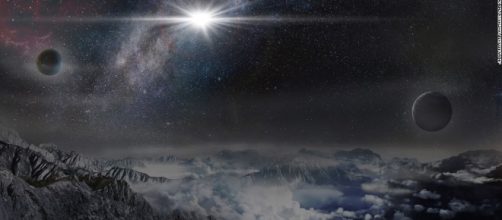Astronomers detect strange Waves on the surface of Sun. Using data from NASA’s SDO (Solar Dynamics Observatory) and STEREO (Solar Terrestrial Relations Observatory) missions, space scientists spot giant waves that develop in the solar atmosphere. The discovery is reported today in the “Natural Astronomy.” On our Earth, Rossby waves are formed in rotating fluids. They influence local weather events. Doctor Scott McIntosh at the National Center for Atmospheric Research says the waves on the Sun look exactly like Rossby waves.
Patterns and features
Solar Astronomers do not have the tool to distinguish the patterns and features of waves. Space scientists spot them from different angles. From 2011 to 2015, they observed the Sun’s entire structure but did not find any wave. Scott says that the solar waves originated a few months ago.
“These waves closely resemble the diagnostics of Rossby waves,” McIntosh says. The discovery could link a range of solar phenomena that are also related to the Sun’s magnetic field, including the formation of sunspots and the origin of the solar cycle.
Do the waves predict the age of Sun?
Doctor Scott McIntosh says he is studying the patterns of the waves. For now, scientists cannot say anything about their origin and characteristics.
The Sun is a giant sphere of hot plasma. Its internal convective motion generates magnetic fields. It is by far the primary source of energy for life on Earth. The newly discovered waves do not predict the age of Sun. As its diameter is about 190 times that of Earth, scientists hope to discover dozens of new waves. The Sun’s mass consists of hydrogen, helium, oxygen, carbon, neon, and iron. McIntosh believes that the waves are made of oxygen and hydrogen, covering more than 50% surface of the star.
The team used images taken by instruments on SDO and STEREO to identify and track coronal bright points. The small bright features dot the entire face of the Sun and have been used to track motions deeper in the solar atmosphere.
McIntosh and his team will use improved tools to predict the role of waves in Sun’s atmosphere. He aims to publish findings in the journal “On the Origin of the Species by Natural Selection” by the end of April.

